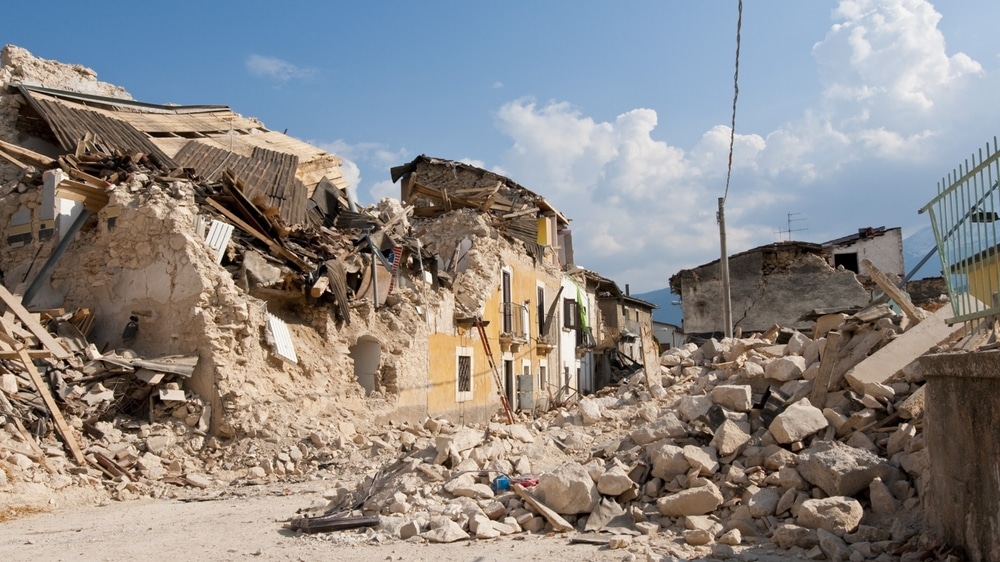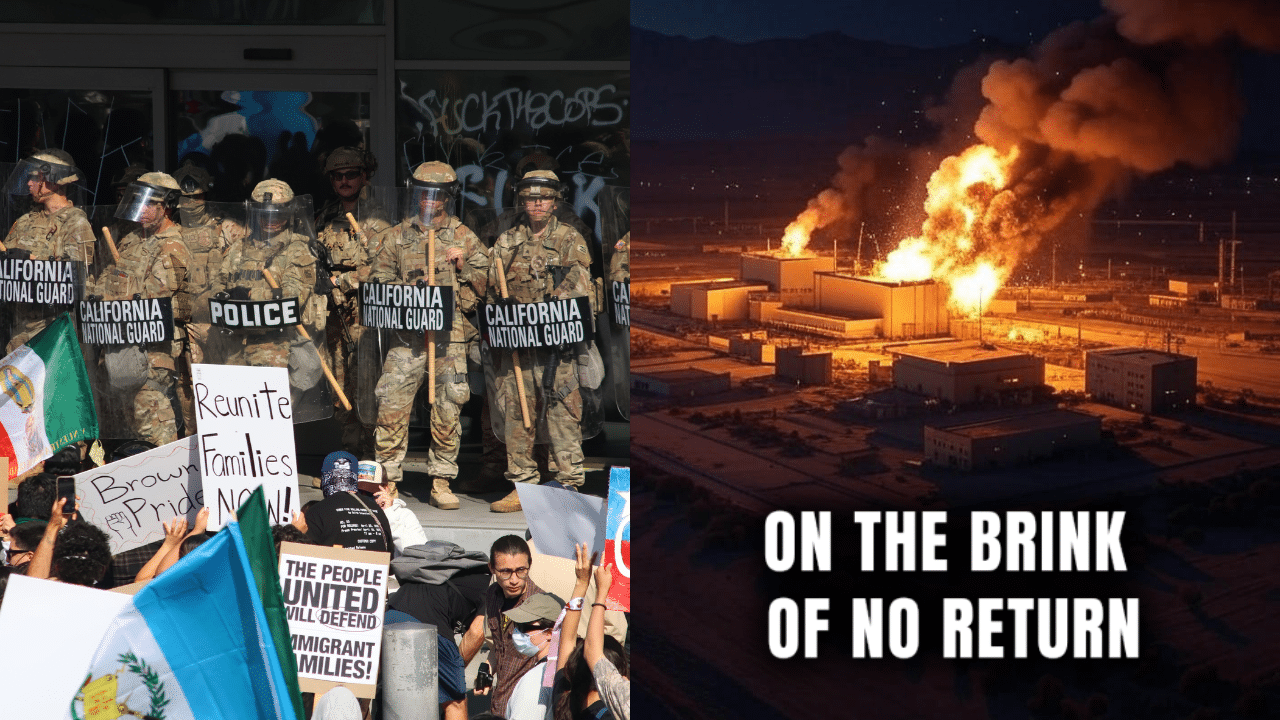Aid is now rushing into Turkey since twin earthquakes devastated vast swaths of the country, but anger is growing in destroyed towns over a sputtering government response and allegedly shoddy construction that has led to dozens of arrests of contractors.
The death toll across Turkey and Syria has reached over 33,000, with 29,600 dead in Turkey and another 3,500 dead in Syria.
Across the huge earthquake zone in Turkey and Syria, millions are homeless, sleeping in tents, cars or in mosques that have become makeshift shelters, creating a massive logistical challenge for Turkish government agencies and international donors—and sparking growing anger among victims still awaiting help.
“It’s been chaos,” said Moustafa Osman, a disaster-management expert and former official at Islamic Relief Worldwide, a U.K.-based nongovernmental aid organization. “You see it always—the aid comes and then it stops, partly because of logistics but partly because the government has been overwhelmed and the international response has been lacking.”
The cargo planes carrying rescue teams and humanitarian aid for Turkey’s earthquake victims land around the clock, disgorging their loads and then quickly flying out to make room for the next heavily-laden aircraft.
The city of Gaziantep’s small airport, one of the few in the region whose runway was undamaged in the Feb. 6 earthquakes, has emerged as a key hub for aid deliveries, but its limited capacity has also turned it into a bottleneck, as governments and aid organizations rush food, tents, medicine and tons of other supplies to survivors.
In one case, a United Arab Emirates C-17 cargo plane—carrying equipment for a field hospital that the country’s military is constructing to aid victims—left Abu Dhabi on Thursday but wasn’t able to land in Gaziantep until Friday night, 30 hours after departing.
The plane was diverted to two distant airports, first in the remote Turkish town of Malatya and then to Adana, 140 miles to the east, before a landing spot opened up at Gaziantep.
Parked in a row of other cargo jets bearing markings from multiple countries, the U.A.E plane finally unloaded its cargo—a large forklift, two water tanks and a cargo container turned into shower stalls—which was put on trucks and dispatched to the hard-hit town of Islahiye, an hour east of Gaziantep where Emirati workers were in the final stages of erecting the 50-bed mobile hospital.
Minutes later, the C-17 flew out of Gaziantep, its spot on the tarmac soon taken by another plane. Earthquake survivors filled nearly 400 tents on Saturday at a camp erected in Osmaniye. Tugba Durmaz, 40, said she fled her apartment building after the neighboring block fell. She said she spent a cold rainy night in the yard of a nearby school. (SOURCE)










